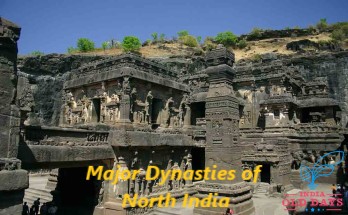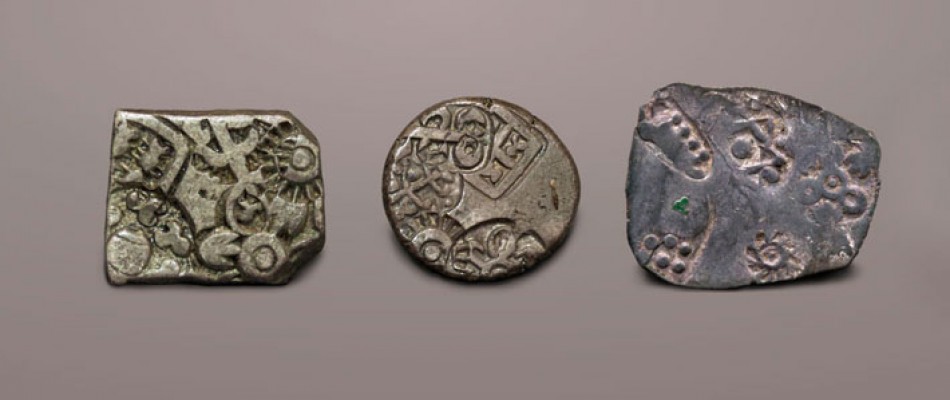Rashtrakut Administration
The kingship of the Rashtrakut rulers was virtually transcendental and the eldest or most able son came to the throne. The king used to choose the crown or successor in his life. The Crown Prince usually resided in the capital and assisted in the administrative affairs of the Raj and sometimes in military campaigns also accompanied the king. The younger princes were usually made the wazir of the provinces.
Contribution to the history of the Rashtrakut rulers.
There was a council of ministers to help the king run the administration of the state. In which the Prime Minister, Foreign Minister, Revenue Minister, Treasurer , Chief Justice, Senapati and Purohit used to be.
Some parts of Rashtrakut state were under the straps and some parts had direct Administration of the state. The important feudatories were almost entirely independent, but they had to be present in the royal court, They had to pay regular rent and a certain number of soldiers had to be made available.
The Rashtrakuta state was divided into several provinces or nations, divided into subjects or districts. Subjects were again divided into allowances, Which was made up of 50 to 70 villages. Bhukti was divided into small groups of 10 to 20 villages.
The regional administration was headed by the President. He had considerable authority over his subordinate officers. Subjects or District Magistrates and Bhogapati or Tehsil Officers also used the powers of the President in their limited area. Some of the subjects had the status of regional wazir. The head of Bhukti was the Bhogapati and was directly appointed by the Central Government. With the help of Bhogapati Nalgavandas or Deshmuktas, whose post was hereditary, they ran revenue administration. Administration at the village level was run by the village head and the accountant, Those whose designation was usually hereditary.
Rural meetings or critiques played an important role in rural administration. Rural meetings or committees played an important role in rural administration. Rural assemblies were divided into several sub-committees. Each sub-committee was responsible for a specific work, such as village pond, temple, road etc. In the Rashtrakuta sources, somewhere there are mention subjects – Maharat and Rashtriya Maharatha. Which gives evidence of the existence of these popular councils in the district provincial headquarters.
Literature
In this period, Sanskrit literature was promoted. There were many scholars in the Rashtrakut court. Nalachampu author Trivikaram 10 V. Occurred in the latter. The Hal Yudh composed Kavirahasya during the reign of Krishna-III.
Jain literature naturally developed a lot during the preservation of Jainism by the Rashtrakutas. Akalank and Vidyananda composed Ashtasati and Astasastri, which are commentaries on Aptamimamsa. In the field of logic, Manikyanandin composed Parikshamukhashasr in the 8th century. In the first half of. He composed an independent work called Nyayakumudichandrodaya. Harisen, the religious guru of Amoghavarsh-I, composed Harivansh. He was not able to complete the Adipuran, which is a biography of various Jain saints. This was completed by his disciple Gunabhadra. Jinsen’s biography of Parsvamudaya Parasva is, Which is written in verses style. It was during the reign of Amoghavarsha that the Mathasarasagrahaka of Vamacharya on Amoghavardhi and Mathematics was composed by Shaktayana on grammar.
Canary literature started in the Rashtrakut period itself. The first book on canary poetry was the author of Kaviraj Marg, Amoghavarsha-l himself. The oldest and greatest creator of canary poetry and author of Adipurana and Vikramarajunavijaya Pampa-l 10 V. Shata. In the latter half of the year. Shantipuran author Ponna 10th century. He was also an eminent poet.
Reference : https://www.indiaolddays.com





